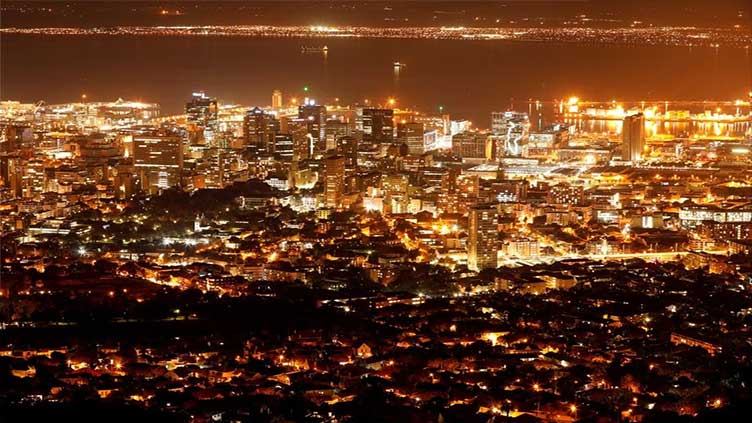As 'skyglow' grows, study documents glaring global light pollution

WeirdNews
As 'skyglow' grows, study documents glaring global light pollution
WASHINGTON (Reuters) - Light pollution caused by the incessant nighttime glow of electric lights appears to be intensifying, according to research using observations from tens of thousands of people at various locations around the world.
The study, published on Thursday, found that the number of visible stars reported at the observation sites from 2011 to 2022 decreased by an amount indicating an increase in nocturnal sky brightness of 7 to 10% annually, higher than previously measured using satellite data.
The area’s best documented were North America - particularly the United States - and Europe, with minimal data for parts of Asia, Africa and South America. More than 29,000 individual reports were made at more than 19,000 locations worldwide, the researchers said. The “citizen scientists” who provided the data made observations of naked-eye star visibility.
The study focused on “skyglow,” the artificial brightening of the night sky due to human-created light scattering in the atmosphere and returning to Earth. The nighttime glow of the sky above a big city is a familiar sight but even locales with smaller populations experience it.
“The study is important for two reasons. First, it is the first time that sky brightness has ever been studied on the continental scale. Second, it shows that existing norms and legislation are failing to reduce sky brightness or even halt its growth,” said physicist Christopher Kyba of the GFZ
German Research Centre for Geosciences and the Ruhr-Universität Bochum, lead author of the research published in the journal Science.

